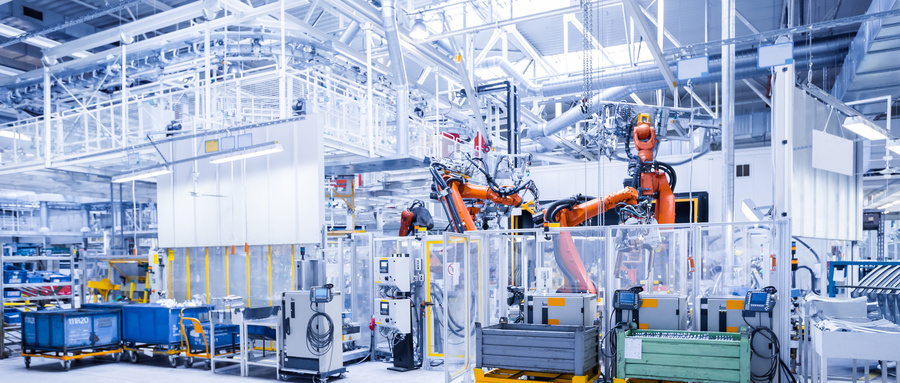.png?v=v1)
.png?v=v1)
2022.08.19
In recent years, the wave of intelligent manufacturing has become higher and higher. One of the key technologies in the construction of smart factories is industrial sensors. Sensors provide haptics for smart factories and are the primary link for automatic detection and automatic control. In the automated production process, various sensors are needed to monitor and control various parameters, so that the equipment can work in a normal or optimal state, and the products can achieve the best quality.
Sensors are devices designed according to the physical, chemical and biological characteristics and laws of materials. There are many kinds of sensors. They are usually divided into ten categories according to their basic sensing functions, such as thermal sensor, photosensitive sensor, gas-sensitive elements, force-sensitive elements, magnetic-sensitive elements, humidity-sensitive elements, sound-sensitive elements, radiation-sensitive elements, color-sensitive elements, and taste-sensitive sensor.
In the field of measurement and control, a sensor designed by a certain principle can measure a variety of non electric quantities at the same time, and sometimes a non electric quantity can be measured by a variety of sensors with different principles. Therefore, there are many classification methods for sensors, which can be generally classified according to the following methods.
01 Classification by use
According to the input quantity, it can be divided into pressure, displacement, speed, temperature, humidity and other sensors.
This classification clearly expresses the purpose of the sensor, but it is not convenient to find out the similarities and differences of the conversion principle of each sensor.
02 Classification by measuring principle
This classification method is based on the principles, laws and effects of physics and chemistry, and can be divided into physical sensors, chemical sensors and biological sensors. Such as voltage type, thermoelectric type, resistance type, photoelectric type, inductive type, etc. The advantage is that the working principle of the sensor is relatively clear and the categories are few, which is conducive to the in-depth analysis and research of the sensor.
03 Classification by manufacturing process
It can be divided into integrated sensor, thin film sensor, thick and thin sensor and ceramic sensor.
04 Classification by output
According to the output, there are switching, analog and digital sensors. The output signal of the analog sensor is an analog quantity; The output signal of the digital sensor is a digital quantity, which is convenient to be connected with the computer.
05 Classification by composition
It can be divided into basic sensor, combined sensor and applied sensor.

As early as the 1960s, China began to set foot in the sensor manufacturing industry. Over the past 30 years of reform and opening up, China's sensor technology and its industry have made considerable progress. At present, China's sensor industry is in the key stage of developing from traditional sensors to new sensors, which reflects the general trend of new sensors to miniaturization, multi-function, digitization, intelligence, systematization and networking.
The sensor is called "industrial handicraft". It is a kind of detection device, which can sense the measured information and convert the sensed information into electrical signals or other required forms of information output according to certain laws to meet the requirements of information transmission, processing, storage, display, recording and control.
In short, the appearance of sensors has endowed the objects with tactile, taste, smell and other senses, making the objects gradually come alive. At present, sensors are developing in the direction of intelligence, miniaturization, multi-function, low power consumption and high accuracy.

The development of industry is inseparable from the support of many sensing technologies, and one of the most critical technologies is the sensor. It can be said that industrial sensors enable automatic intelligent devices to have sensing ability. The evaluation of the quality of an industrial sensor mainly focuses on the sensitivity, resolution, compactness, long-term stability, thermal drift and power efficiency. It has typical characteristics of technology intensive, multi variety, small batch, flexible use and wide application distribution.
In the future, with the acceleration of intelligent manufacturing, the market demand for intelligent sensing, monitoring, production, monitoring system, technology and equipment is expected to rise further. As a supplier of digital intelligent power distribution solutions, Elecnova will also be committed to developing more high-quality new products.
Copyright © 2019.Company Name All Rights Reserved.